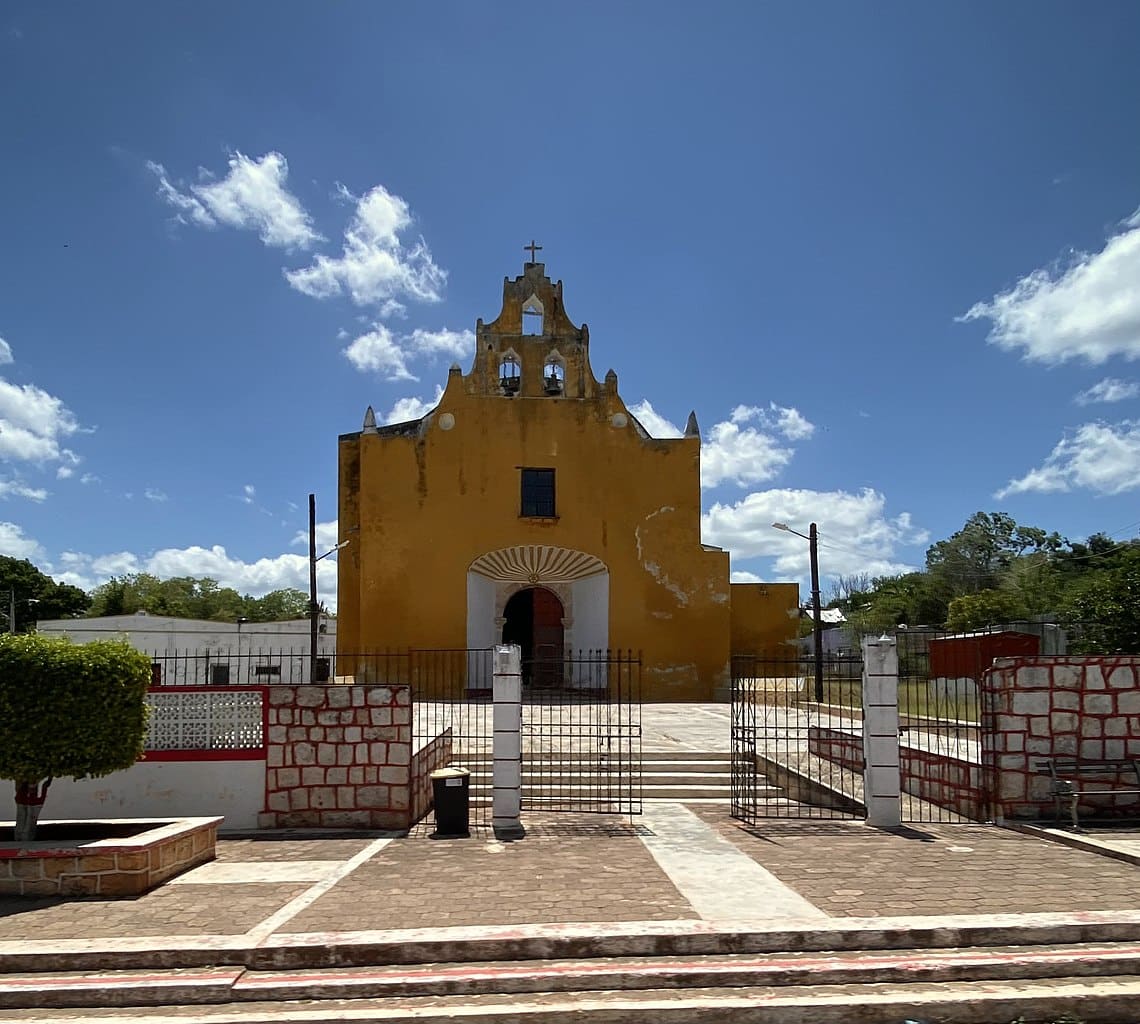Town of Bolonchen

The town of Bolonchen derives its name from two words of the Mayan language: bolon which means nine, and chen which means well. Which together means nine wells. From time immemorial, in fact, nine wells formed the center of this town in the plaza, and the wells can still be seen in the plaza itself.
Town of Bolonchen: A little history
The ruins of the ancient city are located north of the present town. However, many of the ancient buildings were dismantled during the XVI to XIX centuries to reuse their stones in modern constructions. Even so, several buildings covered with hieroglyphs have survived.
The attractions of this site lie not on the surface but deep underground, since Bolonchén has no river or water supply other than the streams that flow underground. Fortunately for its inhabitants, the terrain is limestone and successive landslides have created cenotes and other hollows that give access to these subterranean rivers.
The legend of the water
With the arrival of the Spaniards to Mexican lands, especially the arrival of the Mayan Empire, at the beginning of the XVI century, the cities of the indigenous people disappeared one by one. Thus fell Hochob, Xtampak and Dzibil Noh Aac.
The survivors of those towns and other Mayan groups then founded Hopelchén, with a little more than 20,000 inhabitants. As the population grew, the need for more cities arose. So Bolonchenticul, today known as Bolonchén, was born. In times of drought, the warrior chief of the village, known for his skill and intelligence in combat, wanted to help his people. He also fell in love with a young and beautiful woman, but the maiden’s mother did not agree with her daughter’s love affair and hid her from him.
Town of Bolonchen: The names of the water
After a long search, he found her at the bottom of the cave where there were seven pools with abundant fresh and crystalline water which he named: Chac ha (red water), Pucuel ha (it has waves like the sea), Sallab (waterfall), Akab ha (dark water), Chokoj ja (hot water), Oci ha (milky water) and Chimais ha (water with many insects).
Thanks to the discovery of these ponds, there was no more drought in Bolonchén, the harvests were prosperous and the citizens no longer suffered thirst.
